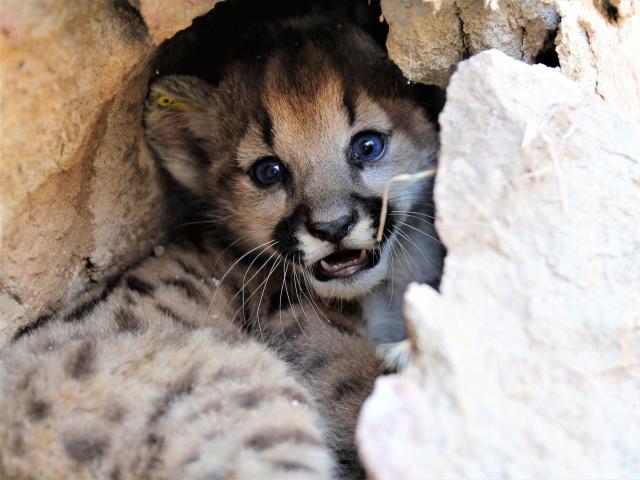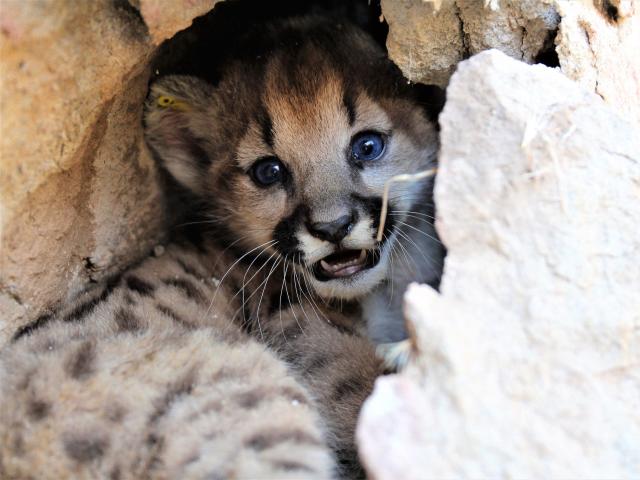Science Daily News | 29 May 2023

Views (125)

Horrific World War II bunker where Japanese scientists experimented on prisoners with biological weapons, found by archaeologists, report says
Japanese scientists exposed prisoners in occupied China to pathogens and dissected them to learn about the effects on the human body.

Archaeologists found a bunker used by WWII Japanese scientists to conduct human experiments, says a report.
They say the site could provide new evidence about war crimes committed by the notorious Unit 731.
The Japanese scientists captured by the US were granted immunity in exchange for their research findings.
The facility near the city of Anda, China, is believed to have been used by Unit 731 of the Japanese Imperial Army, which conducted brutal experiments on humans between 1935 and 1945.
The notorious unit experimented on and killed thousands of people, including men, women, and children.
The research published in the journal Northern Cultural Relics in May could provide new evidence about war crimes.
"It also highlights the ongoing legacy of Unit 731's atrocities and their impact on global efforts to prevent biological warfare," the Heilongjiang Provincial Institute of Cultural Relics and Archaeology researchers said.
Archaeologists discovered the underground facility consisting of several interconnected tunnels and chambers after starting an investigation in 2019 using geophysical prospecting, drilling, and excavation techniques.
The researchers are yet to enter the bunkers, but the survey has revealed details about the underground structures, South China Morning Post reported.
A U-shaped cluster of bunkers was discovered five feet below the surface, as well as a circular room that archaeologists believe was used to observe and dissect human subjects after they were infected with pathogens or chemical agents.
Researchers said that their knowledge of the underground facility is still preliminary, and more work will need to be done to learn how the structures relate to each other.
Most of the surface-level buildings at the Anda site were destroyed in 1945 to erase evidence of the experiments, but the underground structures remain, archaeologists said.
Facilities were built below the ground to maintain secrecy, and these included barracks, bathhouses, and dining areas, according to the report.
Some Unit 731 researchers were arrested by Soviet forces and tried at the December 1949 Khabarovsk war crime trials, while those captured by the United States were granted immunity in exchange for their research findings.
Biologists found 3 adorable female mountain lion kittens. Now the trio will have to survive the harsh urban landscape of Los Angeles.
P-113, P-114, and P-115 were discovered by National Park Service biologists examining how habitat loss affects mountain lions in urban areas.

Biologists discovered three mountain lion kittens in a patch of poison oak outside of Los Angeles.
They were only 24 days old when they were found on May 18.
Now, they must survive in an increasingly urbanized area of Southern California.
Biologists with the National Park Service discovered a litter of recently birthed mountain lion kittens in the Simi Hills, west of Los Angeles.
To find the kittens, the biologists had to wait until the mother, P-77, left the site unattended to hunt for food or rest.
Biologists determined that when the kittens were discovered, they were only 24 days old.
"It will be interesting to learn how these kittens will use the landscape once they get older and disperse, particularly if they decide to stay in the Simi Hills or cross freeways to enter larger natural areas." Jeff Sikich, the lead field biologist of the NPS mountain lion study, said in the release.
According to the main findings of the NPS observations, mountain lions in Los Angeles County are significantly threatened by the development of roads and cities. A leading cause of mountain lion deaths are vehicle strikes, which often occur when they cross major freeways like the 101, 405, and 118.
"It's encouraging to see reproduction in our small population of mountain lions, especially after all the mortalities we have documented in the last year," Sikich said in the release.
0 Likes
